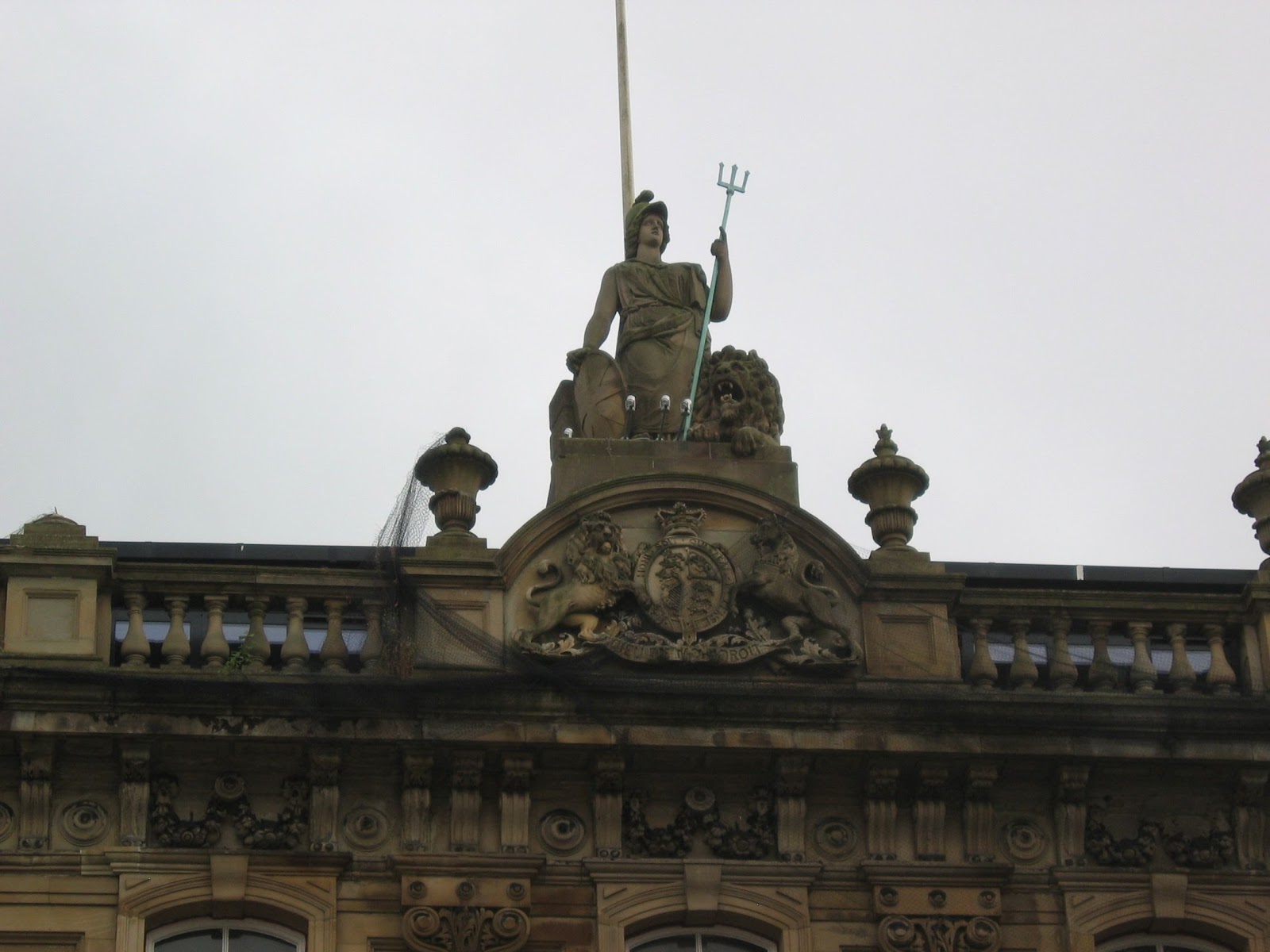The chosen quotes were;
‘Looking at images does not lead us to the truth. It leads us into temptation.’ (Marlene Dumas, Quoted in Gianni Romano, Marlene Dumas: Suspect, exhibition catalogue, Fondazione Bevilacqua la Masa, Venice 2003, p.35)+-
‘If the
dust of drawing is alive, it is both because of its entanglement with
language…and its ability to elicit something less easy to
articulate in words, something that happens in the blind spots of
representation.’ (David Musgrave, Living
Dust)
It is also interesting that drawing generally has been a form of communication for the past millennia, but I posit and challenge that it is a means of just representation, as, since the 1920s, perhaps since the famous Paul Klee (of the Bauhaus movement, stated that drawing is "taking a line for a walk"...) and Wassily Kandinksi, that drawing has now become something else. In contemporary Art, it has beyond a form of communicating ideas, something now far more intangible and undefinable. Has it lost its' way perhaps? I think it may have in some ways.
Human nature is all about following fashion. The new ideas of the 1900s /10/20s and beyond, up to the next century have all been about experimentation with mark making. Are we now seeing a reversal, or even (more poetically put), a full circle forming, back to representation? It seems that much of the skills of drawing may have been lost over the last 50 plus years, post 1950s, right up to the last 5 years (2008 -14). But I see a new desire to regain those skills in many areas of contemporary art, yet there is still lots of space for experimentation to continue.
So, on to our project aims;
My interpretation is that we will use the project to develop our ideas about ‘drawing’. Particularly, for contemporary artists and illustrators trying to develop a sense of self expression through mark making. The 'project aims' quotes that "Ideas, technologies and cultural contexts will frame the productive and technical elements developed" in our first year of our degree studies. It goes on to say "A creative and inventive approach to making and thinking about making will underpin individual activity and the exchange of tutors and students in strand groups. The underpinning theme of ‘environment’ forms the first of two projects in this module." With this in mind, together with the work that I did on my own in December 2013 in the painting of Huddersfield Railway station, (which I realise I cannot submit as part of this module as I have already displayed it, so it's here just for decoration!), there is a natural progression for me to research that particular site - that of St Georges Square in Huddersfield, much further. So, I have a great opportunity to research a topic and a focal 'thematic' point that I've already previously, (and perhaps, albeit subconsciously) had a connection with.
With this in mind, together with the work that I did on my own in December 2013 in the painting of Huddersfield Railway station, (which I realise I cannot submit as part of this module as I have already displayed it, so it's here just for decoration!), there is a natural progression for me to research that particular site - that of St Georges Square in Huddersfield, much further. So, I have a great opportunity to research a topic and a focal 'thematic' point that I've already previously, (and perhaps, albeit subconsciously) had a connection with.
My first task in the research and information collection stage was to spend a few hours in the square, trying to absorb some sense of feeling of recognition of the space.
Then I started to play with ideas of combinations, particularly looking at the statue of the late Sir Harold Wilson, Ex Prime Minister and boy made great, from Huddersfield.
....But this lacked much imagination, or "contemporaneity".
So I doodled a little, working upon the images and representations of the skyline around St Georges Square...
I was reliably informed that the huge stone Lion, above Lion Buildings, was in fact made of Polystyrene (I later found ot that it is in fact Fibre Glass, somewhat a little harder than styrene).
My attention then was turned to the size of the square, and how it was used as a public space. So I planned to return with a tape measure and surveying equipment....






No comments:
Post a Comment